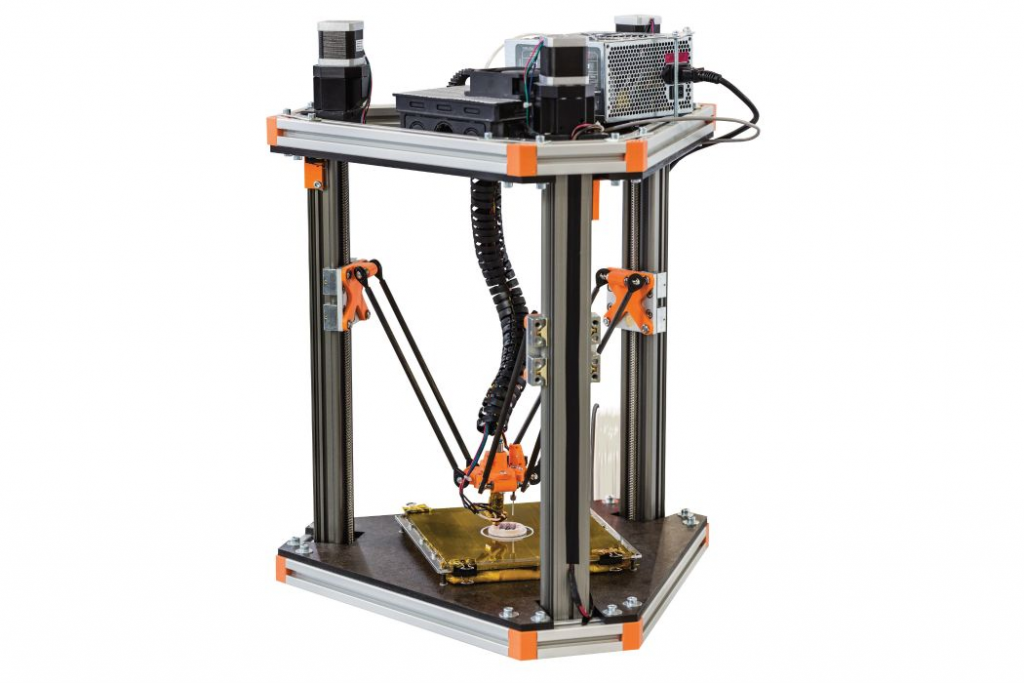What is 3D printing?
The term 3D printing covers many different types of additive technology. The terms ‘additive manufacturing’ or ‘rapid prototyping’ are often used as synonyms. When 3D printing is used to make components, material is added layer by layer – as the term ‘additive’ makes clear. This differentiates 3D printing from cutting methods whereby material is removed in order to make components (subtractive method). This makes 3 D printing very economical in its use of material.
In 3D printing, the material is added layer by layer and the layers are then fused together. Depending on the printing procedure, this is done by melting the layers on top of each other, polymerisation with UV light or bonding agents that join the layers of material together. Plastics and metals are the materials processed in this way in 3D printing. They are processed in the form of filament, powder or liquid. In addition, there are 3D printers for ceramics, concrete, food and much, much more. The respective material that is chosen depends on how and where the component is to be used.

The common 3D printing methods are listed here:
Selective Laser Sintering (SLS)
Fused Deposition Modeling (FDM) or Fused Filament Fabrication (FFF)
Stereolithography (SLA)
Polygraphy
Multijet Modeling [MJM]
Multi Jet Fusion (MJF)
Selective Laser Melting (SLM)
Digital Light Processing (DLP)
The advantages of 3D printing
3D printing has various advantages over conventional manufacturing methods:
- Fast and cost-effective fabrication
- Fabrication with no minimum quantity
- Greater degree of individualisation (ideal for prototypes and pre-production runs)
- High degree of flexibility in the manufacturing process
- Complex models can be created
- Just-in-time production
- Lightweight solutions easy to implement
- Fast alterations and adaptations possible
- Easy manufacture of filigree models
- No tool or set-up costs
Application areas for 3D printing
3D printing is now used in very many areas of manufacturing. And the possibilities are practically unlimited. For many applications, there are already solutions or solutions that can be quickly implemented.
Prototypes
Small batches
Trade fair models
Replacement parts
Exhibitions and museums
Architectural models
Research and science
Medical
Product design
Hobby model making
And many more…
igus specific parts that we also make with the 3D printing method are, for example, plain bearings, rollers, gears, grippers, racks, drive nuts, sliding elements and all other parts that are optimised in terms of friction and wear
